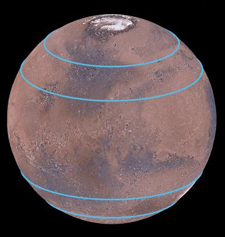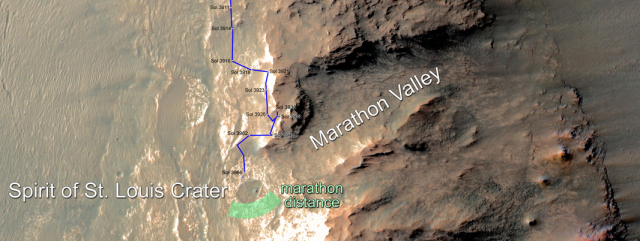Tank tests for launch abort rocket
The competition heats up: This week SpaceX conducted at Vandenberg a tank test of the booster rocket that will be used for its Dragon in-flight launch abort test later this year.
That they are doing these tank tests at Vandenberg is interesting. I would think the actual abort test would take place at Kennedy, where astronauts will be launched. Either the company is taking advantage of its second launchpad to save time while Kennedy is in use for Monday’s Dragon launch, or they will actually do this launch abort test out west. In truth the test can be done from Vandenberg. The flight path will be different, but the technical requirements will be essentially the same.
Note that this booster is for the in-flight launch abort flight, scheduled at this moment for July, not the launchpad abort test, scheduled at this moment for May 2.
Also, it is interesting to compare the pictures of SpaceX’s Vandenberg launchpad in this article with the pictures I took when I visited Vandenberg two weeks ago. Then, the pad was quiet, with no rocket visible (though it is likely that this booster stage was inside the building being prepared). Now it is quite busy.
The competition heats up: This week SpaceX conducted at Vandenberg a tank test of the booster rocket that will be used for its Dragon in-flight launch abort test later this year.
That they are doing these tank tests at Vandenberg is interesting. I would think the actual abort test would take place at Kennedy, where astronauts will be launched. Either the company is taking advantage of its second launchpad to save time while Kennedy is in use for Monday’s Dragon launch, or they will actually do this launch abort test out west. In truth the test can be done from Vandenberg. The flight path will be different, but the technical requirements will be essentially the same.
Note that this booster is for the in-flight launch abort flight, scheduled at this moment for July, not the launchpad abort test, scheduled at this moment for May 2.
Also, it is interesting to compare the pictures of SpaceX’s Vandenberg launchpad in this article with the pictures I took when I visited Vandenberg two weeks ago. Then, the pad was quiet, with no rocket visible (though it is likely that this booster stage was inside the building being prepared). Now it is quite busy.


